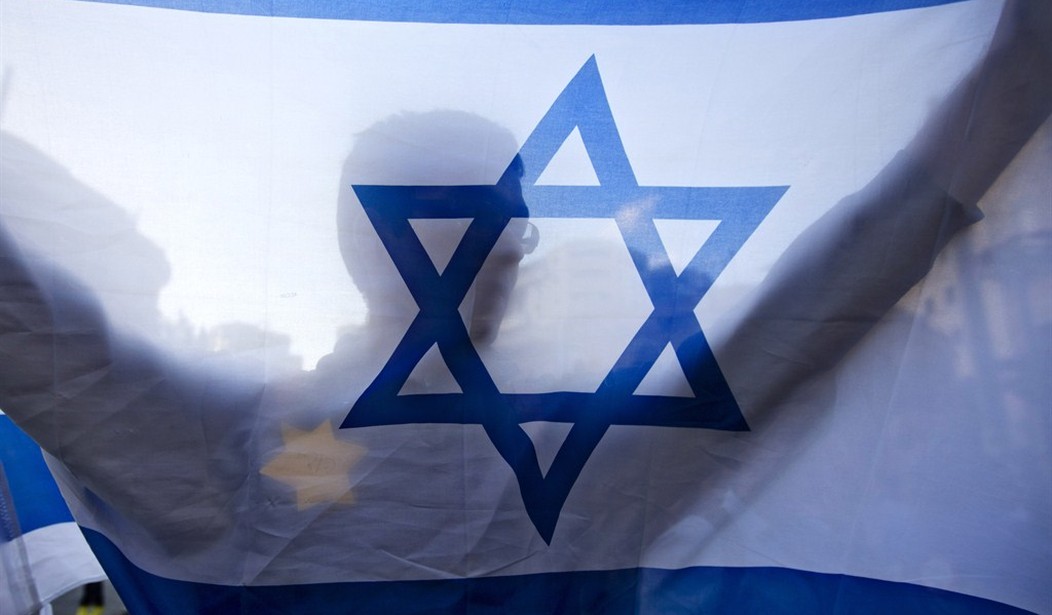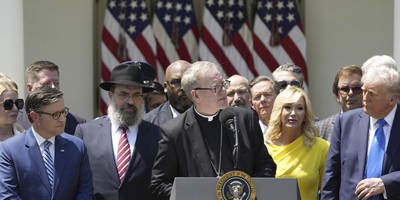“Fetus” and “unborn child” still lead my list of non-neutral terms: Which you choose defines you as a supporter or opponent of abortion. Is any term for that creature in the womb immune from a worldview connection?
Here’s a new question: “Riot” or “uprising” to describe the July 23-27 eruption in Detroit 50 years ago that concluded with 43 dead, 1,189 injured, and 7,200 arrested? (And: 2,000 buildings destroyed, white flight, Detroit population decline to 690,000 from a total twice as large, city bankruptcy, and crumbling buildings with moldy interiors and broken windows.)
While San Franciscans celebrate 1967’s “Summer of Love,” almost every Detroit museum, library, and institute is presenting exhibits about five destructive days. The Charles H. Wright Museum of African American History featured on June 24 “Rebellion: An Artistic Dance Exploration,” and the Detroit Institute of Arts on July 23 plans to present “Art of Rebellion: Black Art of the Civil Rights Movement.”
One way to move forward is to look further back, not 50 years but 105. In 1912 Booker T. Washington, founder and head of the Tuskegee Institute in Alabama, invited Sears CEO Julius Rosenwald onto Tuskegee’s board of directors. Rosenwald provided the cash to build six schools in rural Alabama, and in succeeding decades made more than $4 million in grants—the equivalent of more than $100 million today -- to match amounts African-Americans raised, and local education boards provided, to build 5,000 schools and shops in Southern black neighborhoods.
Recommended
Other Jews also contributed. Jewish newspapers called anti-black riots “pogroms” and noted that Jews and blacks both lived in ghettos and fought discrimination. For half a century the Jewish-black alliance was politically, philanthropically, and personally powerful. Northern neighborhoods often became Jewish as immigrants from Eastern Europe moved in, and then African-American as Jews moved on.
Some older immigrants probably exploited the newcomers, but others gave them their first jobs and helped them to move up. It’s no accident that former football coach Marv Levy is 91, Marvin Kalb is 87, and Marv Albert is 76, but former boxer Marvin Hagler is 63 and former football receiver Marvin Harrison is 44.
During the 1960s half of Southern civil rights attorneys and Mississippi Freedom Riders were Jews. The Ku Klux Klan killed two of them -- Andrew Goodman and Michael Schwerner -- along with black crusader James Chaney. The black-Jewish alliance has unraveled since, so I was happy to see that on June 4, 2017, a largely African-American church, Breakers Covenant, held its first worship service in the sanctuary of what was Temple Beth El -- until that temple became mostly dead in the wake of the Detroit riot/uprising that began 12 blocks away.
In 1973 the Jewish congregation moved to the suburbs, but the building, designed by architect Albert Kahn, is still magnificent. Breakers Covenant calls the building the Bethel Community Transformation Center, and Outreach Pastor Ralph Williams talks about it helping to bridge four gaps: Between blacks and whites generally, between African-Americans and Jews specifically, between east and west Detroit (it’s on Woodward Avenue, the historic dividing line), and between the poor Highland Park area north of the center and the economic improvement going on downtown.
The center has just hosted its first Jewish wedding in 44 years, and has scheduled Rosh Hashana and Yom Kippur services for September and October. Will Christians and Jews, black and white, work together to prosper Detroit along the lines of Jeremiah’s Chapter 29?

























Join the conversation as a VIP Member